






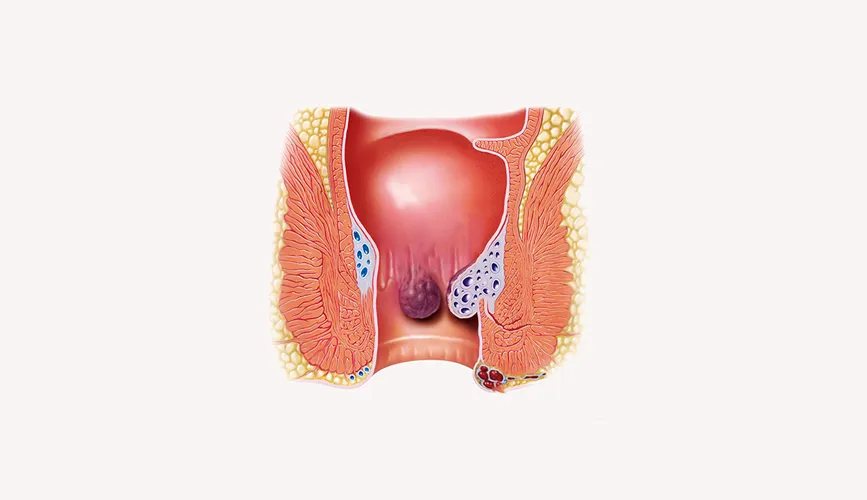
Under LA/GA, laser energy is delivered by conical fiber directly to hemorrhoidal nodes and they will obliterate from inside and this will help to preserve mucosa and sphincter structure to an extremely high precision. Laser energy is used to close off the blood supply nourishing the abnormal growth. The laser energy induces destruction of the venous epithelium and simultaneous obliteration of the hemorrhoidal pile by a shrinkage effect......
Under LA/GA, laser energy is delivered, via radial fiber, into the anal fistula tract and is used to ablate thermally and close off the abnormal pathway. The laser energy induces destruction of the fistula epithelium and simultaneous obliteration of the remaining fistula tract by a shrinkage effect. The epithelialized tissue is being destroyed in a controlled way and the fistula tract collapses to a very high degree. This also supports and accelerates the healing process.

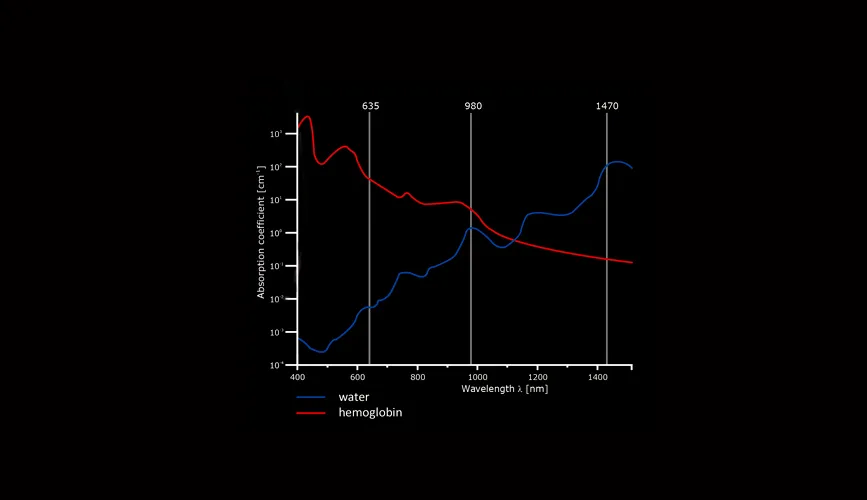

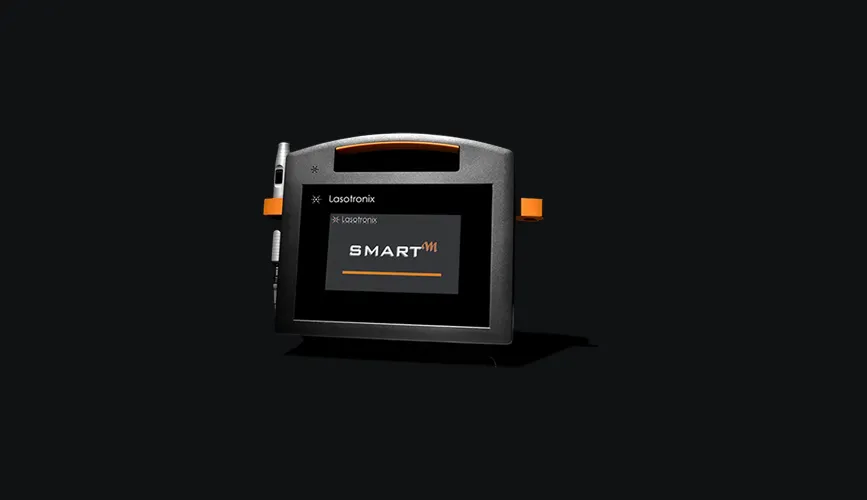
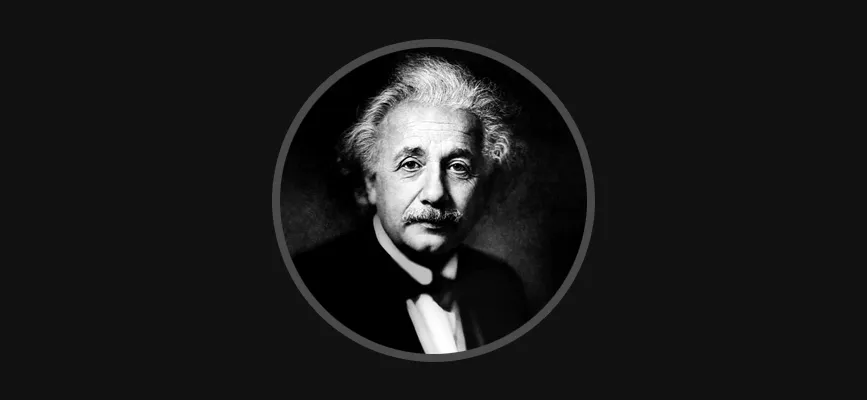
The history of laser application in medicine began with surgical lasers, formerly
referred to as laser knives.
American scientist Theodore Maiman was the first to successfully build a laser. This coherent and monochromatic laser light beam shone for the first time in 1960 and began a promising era, giving rise to all modern solid-state lasers. by Doctor Charles Campbell of the Institute of Ophthalmology at Columbia-Presbyterian Medical Center and Charles Koester of American Optical Co. at Columbia-Presbyterian Hospital in Manhattan. An American optical ruby laser was used to destroy a retinal tumor.
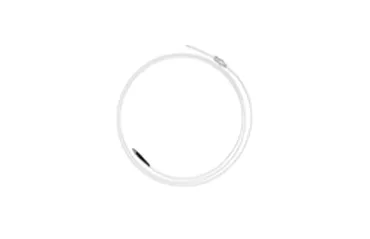
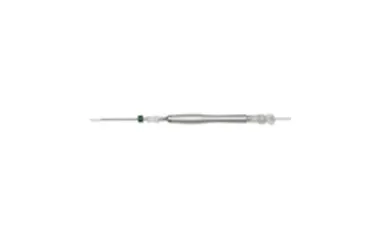
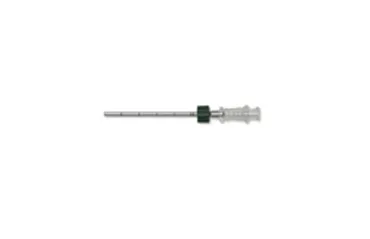
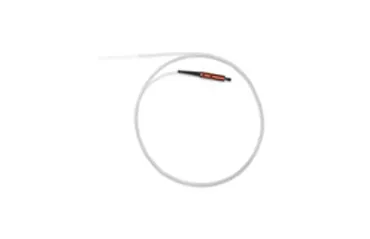
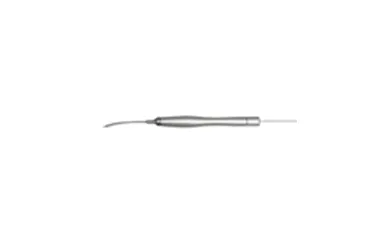
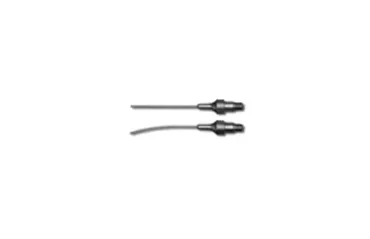
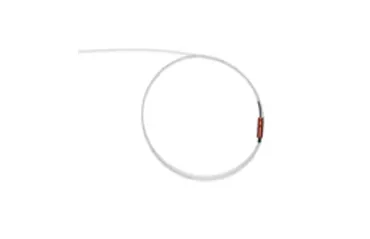
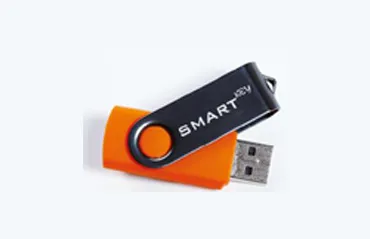

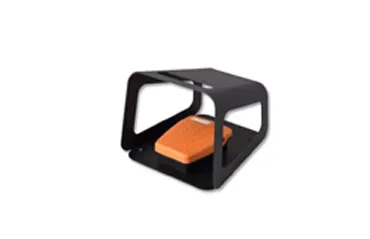
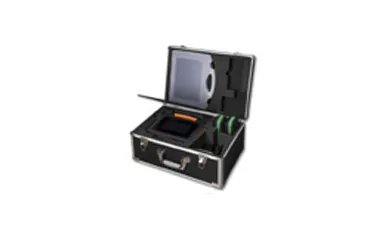
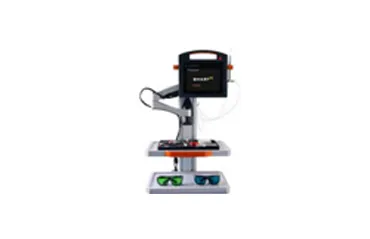
| Usage |
SMARTMSG-1 |
SMARTMSG-2 |
SMARTMSG-3 |
SMARTMSG-4 |
SMARTMSG-5 |
|---|---|---|---|---|---|
| Vascular Surgery |
✓ |
✓ |
✓ |
✓ |
|
| Proctology |
✓ |
✓ |
✓ |
|
|
| Microsurgery |
✓ |
✓ |
|
|
|
| Wound Healing |
|
|
|
✓ |
|
| Infection Diagnosis |
|
|
✓ |
Each of the lasers can be extended with a 635 nm handpiece ideal for biostimulation and wound healing, as well as a 405 nm handpiece designed specifically for the diagnosis of infected areas and the detection of bacteria.
| Wavelengths |
405 nm |
635 nm |
980 nm |
1470 nm |
1940 nm |
|---|---|---|---|---|---|
| Hemorrhoids |
✓✓✓ |
✓✓✓✓ |
|
||
| Fistula |
✓ |
✓✓✓✓ |
|
||
| Surgery |
✓✓✓✓ |
✓✓ |
|
||
| Varicose Veins |
✓✓ |
✓✓✓ |
✓✓✓✓ |
||
| Dishes |
✓✓✓✓ |
|
|
||
| Microsurgery |
|
✓✓✓✓ |
✓ |
||
| Wound Healing |
✓✓✓✓ |
||||
| Infection Diagnosis |
✓✓✓✓ |

A novelty among the medical products manufactured by Lasotronix is SMARTM 980/1470nm – a two-wave universal surgical laser, which in addition to phlebology and proctology is widely used in dermatologic surgery, otolaryngology, and gynecology.
Furthermore, diode lasers from the SMART family can be extended with an additional wavelength of 635nm, which – owing to biomodulation effects – has an incredibly positive impact on human blood morphotic elements. Treatment with this wave significantly improves the process of soft tissue regeneration, rebuilds blood vessels, reduces post-operative pain and swelling, stimulates blood and lymph flow, and strengthens local immunity. The use of the 635nm laser is especially recommended for patients suffering from inflammation, hard-to-heal wounds or ulcers, and after any surgery to accelerate healing, reduce pain and swelling.
For minimally invasive intravenous laser ablation (EVLT) Lasotronix offers diode lasers that emit radiation at different wavelengths, i.e., 980nm, 1470nm or 1940nm, with the possibility of their further expansion with additional light sources.
As can be seen from the graph, the absorption coefficient for the 980nm radiation is higher for hemoglobin than for water. In case of 1470nm, especially 1940nm, the opposite is true, and water absorbs light radiation many times better than hemoglobin. Both of these chromatophores are components of human tissues, including blood and vessel walls. Lasers with a wavelength of 980nm have been applied extensively for more than 20 years, and the average power used in treatments is 10-12W. At 1470nm, lower power values of 6-8W are needed, and for 1940nm, 4-6W are enough to perform an effective operation. Reducing the amount of power needed makes these lasers much safer and predictable tools for the physician, while providing patients with a faster and more comfortable recovery.
Bootstrap is a free and open-source tool collection for creating responsive websites and web applications. It is the most popular HTML, CSS, and JavaScript framework for developing responsive, mobile-first websites. Nowadays, the websites are perfect for all the browsers (IE, Firefox, and Chrome) and for all sizes of screens (Desktop, Tablets, Phablets, and Phones).